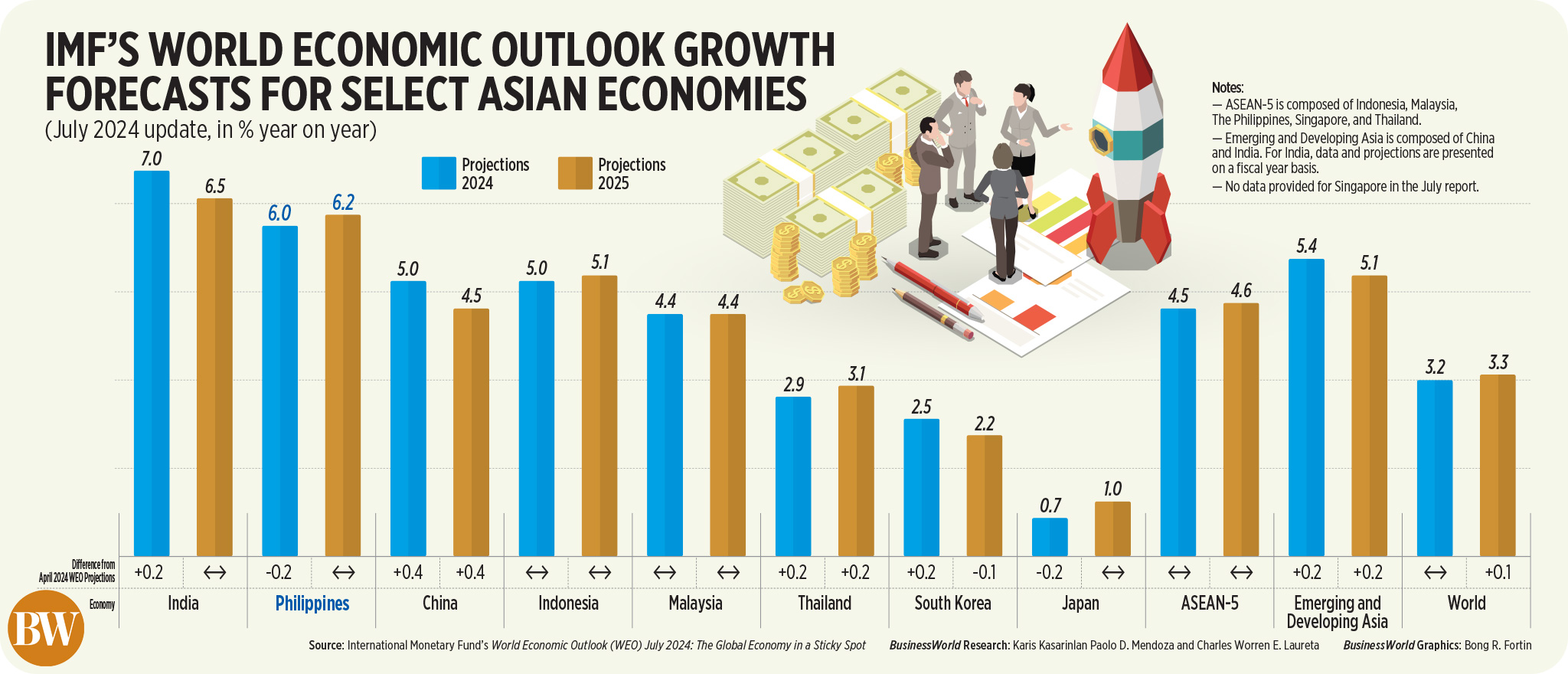The Philippine peso closed at P58.32 against the US dollar on Thursday, marking its lowest settlement in almost six months amid market reactions to the US Federal Reserve’s decision to maintain current interest rates. This closing rate represents a decline of P0.74 from Wednesday's finish at P57.58, and the weakest close since the peso hit P58.34 on February 4.
Intraday, the peso dipped as low as P58.40 after opening at P57.86 and reaching a high of P57.85, according to data from the Bankers Association of the Philippines (BAP). The day's average weighted exchange rate registered at P58.186, notably higher than the previous day’s P57.306.
The depreciation followed the release of the US second-quarter GDP data, which exceeded expectations with a 3 percent expansion. This stronger-than-anticipated growth has fueled anticipation that US interest rates may remain elevated for an extended period, enhancing the appeal of the dollar among investors.
The peso’s decline occurred alongside a broad downturn in local equities, as the benchmark Philippine Stock Exchange index (PSEi) dropped for the sixth consecutive session, shedding 65.50 points to close at 6,252.73, its lowest since June 18.
Rizal Commercial Banking Corporation’s chief economist, Michael Ricafort, attributed the peso’s five-day slide to a combination of external pressures and cautious investor sentiment amid looming data releases. He also referenced the recent trade discussions between the Philippines and the US, where an agreement was reached to reduce a US tariff rate from 20 percent in exchange for zero tariffs on selected US imports including motor vehicles. While largely viewed as a positive development, Ricafort noted its impact was already factored into the market.
Looking ahead, Ricafort suggested the peso may weaken further, potentially reaching P58.50 to P59, with near-term support expected between P57.50 and P58. He identified minor technical support at P57.15 to P57.65, and stronger stability anticipated within the P56.40 to P56.75 range. These support levels, he noted, could help sustain the peso’s upward momentum over the past two months and avert a retest of the recent low of P55.143 recorded on May 26.
Bangko Sentral ng Pilipinas (BSP) Governor Eli Remolona Jr. addressed market concerns, affirming his confidence in the peso despite its decline toward P58. He characterized trading around this level as speculative and emphasized the BSP’s cautious stance. "I don"t speculate," Remolona stated.
Addressing inflation worries linked to the peso’s depreciation, the governor pointed out that inflation has averaged 1.8 percent over the past six months, remaining comfortably below the BSP’s 2 to 4 percent target for 2025. While the BSP maintains a free-floating exchange rate policy, it is prepared to intervene during periods of excessive volatility, particularly when market activity is one-sided. "We step in when we see stress in the spot market, especially when there"s only one side buying or selling," he explained.
Remolona also reassured that the central bank holds adequate US dollar reserves to protect the peso against speculative attacks.
Market participants are now closely monitoring two important upcoming domestic economic data releases: July inflation figures scheduled for August 5 and second-quarter GDP data to be published on August 7. These reports are expected to significantly influence the monetary policy outlook and the peso’s trajectory in the near term.
Recommended For You

Philippines Faces Challenges in Reaching High-Income Status by 2040, Says Economic Chief
Aug 05, 2025
Sofia Lim

Alas Pilipinas Women Set to Compete in SEA V.League Opening Leg in Thailand
Aug 05, 2025
Christine Reyes

SEC Proposes Expanded Sustainability Reporting for Major Nonlisted Firms
Aug 05, 2025
Carlos David

New Zealand Government Reverses Offshore Oil and Gas Exploration Ban
Aug 05, 2025
Isabella Garcia
